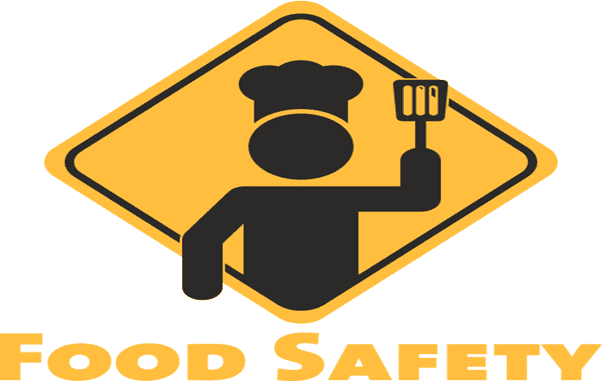When it comes to handling food, cooking it and storing it, safety is paramount to avoid the risk of foodborne illness. Here are some of the basic stages for the safe preparation of food so you can keep yourself and customers free from harm:
Keep clean – surfaces should be cleaned often, and hands washed before and after handling food

Separation – Cross contamination must be avoided. If you need help with food safety or BRC Audit, visit a site like MQM Consulting
Cooking – All food should be cooked to the correct temperature, especially meat and should be measured with a food thermometer
Cooling – Refrigeration is essential to keep food fresh and away from contamination
When it comes to storing food, there are some important steps to adhere to:
Food should be refrigerated within 2 hours if it is perishable. When it comes to meat and poultry, it should be wrapped well to maintain its quality and to avoid the cross contamination from meat touching other food items. An appliance thermometer can be bought to check that the temperatures of fridges and freezers are as they should be.

During preparation, hand washing with soap and water should last for at least 20 seconds prior to handling food. Vegetables and meat should be kept apart, with separate chopping boards and utensils for each type of foodstuff. Afterwards, chopping boards can be sanitised with a mix of diluted disinfectant and water.
When shopping for food, never buy meat that is in broken or torn packaging. Equally important is to avoid buying or eating food that is past it’s sell by or best before date.
